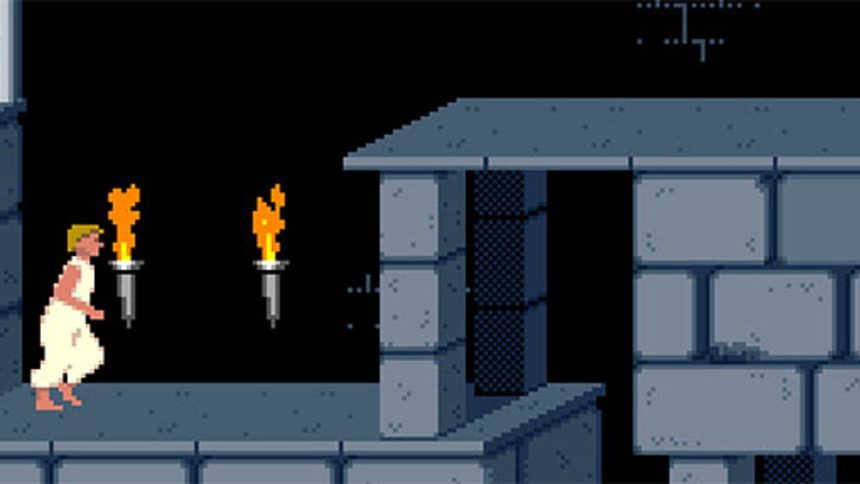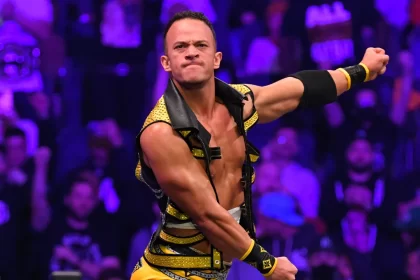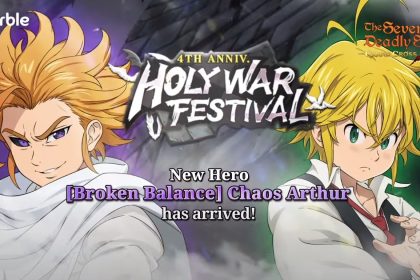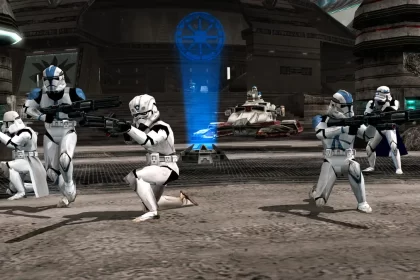For a long time, I knew about Prince of Persia without actually playing it. It seemed more than just a platform game, possessing an intelligence and challenge that felt slightly intimidating with its eerily realistic human movement.
I grew up playing lighter platformers on the Master System, like Psycho Fox and Mickey’s Castle of Illusion. Prince of Persia, on the other hand, was on more advanced systems like the Amiga, and it always struck me as a game for grown-ups.
Now, as an adult, I’ve been revisiting this perception. The game’s plot is simple: save the princess. But there’s a certain old Hollywood influence in Jordan Mechner’s creation, with its blonde hero and evil viziers. Recently, when I saw the game again, played in a browser, it evoked the same mix of newness and antiquity I felt years ago.
Replaying the game and the latest series installment, Prince of Persia: The Lost Crown, I’m starting to grasp my initial reaction. Prince of Persia shares similarities with Karateka, an earlier game by Mechner, which blended gaming with cinematic elements like martial arts films. Prince of Persia builds on this with more complex environments, sword fights, and intricate traps.
Mechner’s The Making of Karateka is magical, but Prince of Persia resonates differently. This is largely due to the rotoscoped animation, which brings an intense human realism to the Prince’s movements, making every step and sword fight feel perilous.
Despite controlling the Prince, I feel a distance due to the rotoscoping, a fascinating disconnect between my button presses and his fluid movements. This feeling is similar to what I experience in the early Tomb Raider games, where I’m more aware of manipulating the control system than embodying Lara Croft.
The game’s animation, reminiscent of silent movies, emphasizes bold gestures and physical realism, reminding me of a time when cinema was still figuring out what it could be.
Playing Prince of Persia now, I see not only a technical marvel but a piece of history, reanimating the past. The game uses movements from Mechner’s family and even elements of classic sword fights from actors like Errol Flynn and Basil Rathbone, making it a living archive of physical artistry.
Prince of Persia, especially in its original form, has always been about playing with time, much like its modern 3D versions. It turns out this time-bending trait was embedded in the game from the beginning, making it a unique blend of history, cinema, and gaming.







